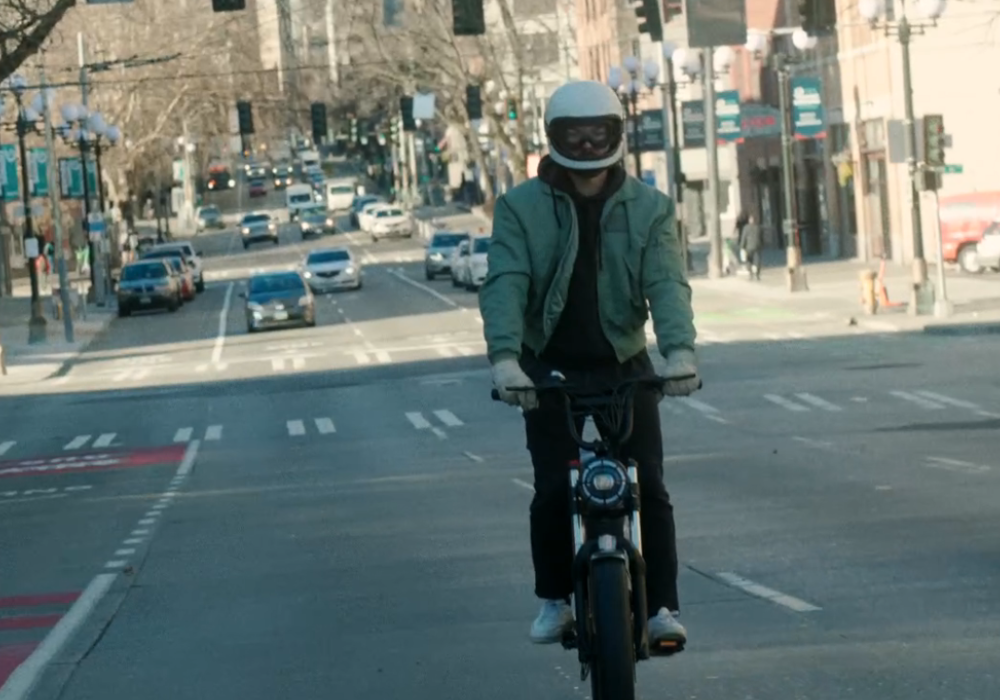E-Bike Chain Fell Off? Here's How to Fix It
E-bike chain off? Turn off power. Place chain on front gear, then through derailleur, finally onto rear gears. Slowly pedal backward. Test gears.
Electric Bike vs. Scooter: Which Ride is Right for You?
Ebikes require pedaling help, have a seat for comfort, big wheels for stability, and longer range. Scooters are all-electric, stand-up rides, light, and perfect for short hops.
Do You Even Need a Derailleur on Your Electric Bike?
Wondering if your eBike needs a derailleur? Discover the pros and cons of different drivetrain options and learn which system best matches your riding style, maintenance preferences, and terrain challenges.
How to Adjust Rear Derailleur for Smooth and Precise Shifting
Adjust your rear derailleur easily: set limit screws, fine-tune cable tension, and test shifting for smooth, accurate gear changes every time you ride.
Electric Bike Battery Care: Extend Life by 40% with Simple Practices
Maximize your eBike investment with these battery-saving tips: avoid full discharges, store at 40-60% charge, protect from temperature extremes, and ride in eco mode.
Why Most E-Bikes Don't Have Regenerative Braking
Most e-bikes use lightweight geared hub motors incompatible with regenerative systems. The direct drive motors needed add significant weight, while only recovering 3-5% energy on flat terrain, making the technology impractical for everyday cycling.
City Commuting: Should You Choose an E-Bike or Scooter?
For daily trips, electric bikes win with better stability, longer range, and safety in bad weather. Scooters are good if you need something light to carry or for short rides.
How Often Should You Charge Your eBike?
How often should you charge your eBike? For lithium-ion batteries, charge after each ride or when the battery drops to 30-50% for optimal lifespan and performance.
How Much Does It Cost To Charge An Electric Bike
Charging an eBike costs just a few cents per full charge, far less than public transport or rideshares. It’s an affordable, eco-friendly way to get around.
How to Fix a Flat Bike Tire
Master the essential skill of fixing flat bike tires with this complete guide. Follow easy steps to identify punctures, make repairs, and prevent future flats with proper maintenance techniques.
How to Charge an Ebike Battery Without a Dedicated Charger
Convert Your Bike Vs Buy An Electric Bike
Wondering if you should convert your bike or buy a new electric bike? Compare the cost, performance, and convenience of both options to make an informed choice.
















